Chemical Stability of Tungsten Cemented Carbide Balls
- Details
- Published on Friday, 12 September 2025 17:14
- Hits: 45
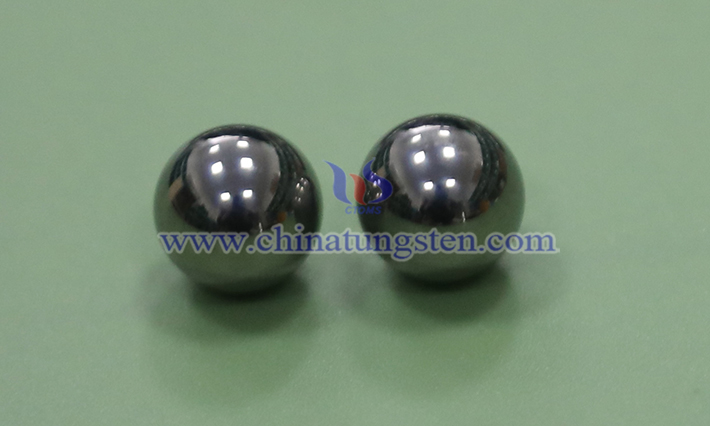
The excellent chemical stability of tungsten cemented carbide balls stems primarily from their unique material composition and powder metallurgy process, as demonstrated below:
Test Methods for Impact Resistance of Tungsten Cemented Carbide Balls
- Details
- Published on Friday, 12 September 2025 17:13
- Hits: 45
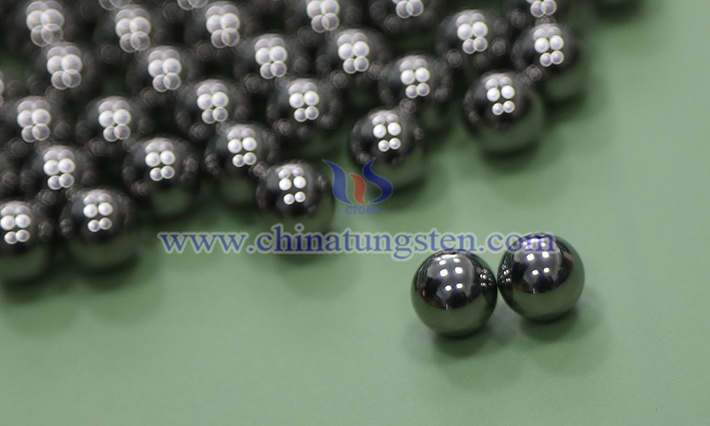
The impact resistance test of tungsten cemented carbide balls is an important method to evaluate their ability to resist damage when subjected to external force impact, and is usually used to test the strength, toughness and durability of tungsten cemented carbide balls.
Impact Resistance of Tungsten Cemented Carbide Balls
- Details
- Published on Friday, 12 September 2025 17:11
- Hits: 36
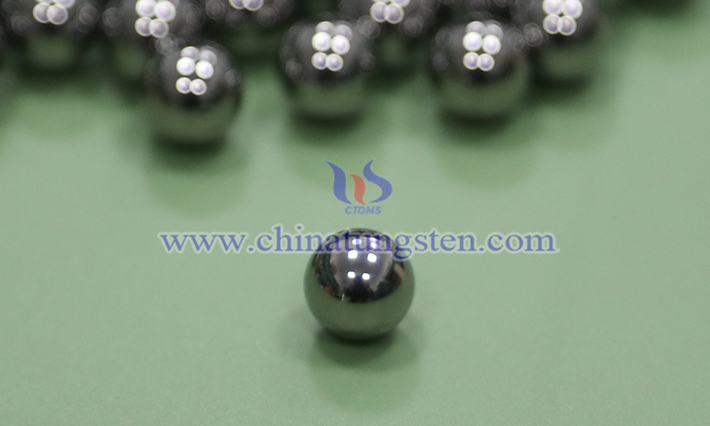
I. Impact Resistance of Tungsten Cemented Carbide Balls
Tungsten cemented carbide balls are made from a carbide matrix such as tungsten carbide (WC) or titanium carbide (TiC), sintered with a binder such as cobalt (Co), nickel (Ni), or molybdenum (Mo). Their impact resistance is primarily reflected in the following aspects:
Thermal Stability and Applications of Tungsten Cemented Carbide Balls
- Details
- Published on Friday, 12 September 2025 17:10
- Hits: 41
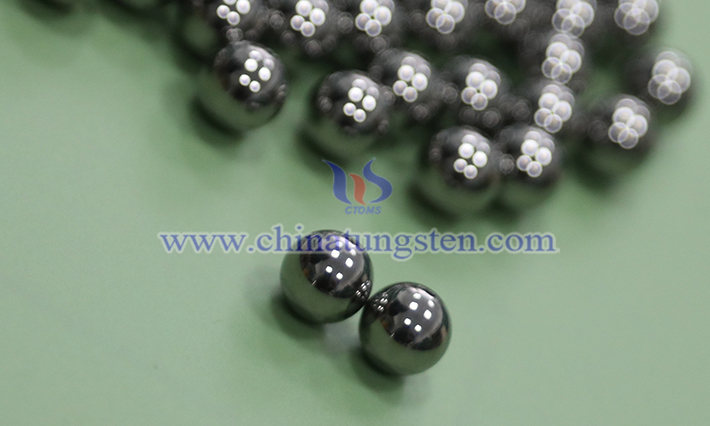
Tungsten cemented carbide balls are high-performance powder metallurgy products. They are primarily composed of tungsten carbide (WC), a high-hardness, refractory metal, with cobalt (Co), nickel (Ni), or molybdenum (Mo) as a binder, and are sintered in a vacuum furnace or hydrogen reduction furnace. Common series include YG, YN, YT, and YW. This material is highly valued for its excellent hardness, wear resistance, and corrosion resistance, while thermal stability is one of its core advantages in high-temperature environments.
Fatigue Resistance of Tungsten Cemented Carbide Balls
- Details
- Published on Friday, 12 September 2025 17:08
- Hits: 42
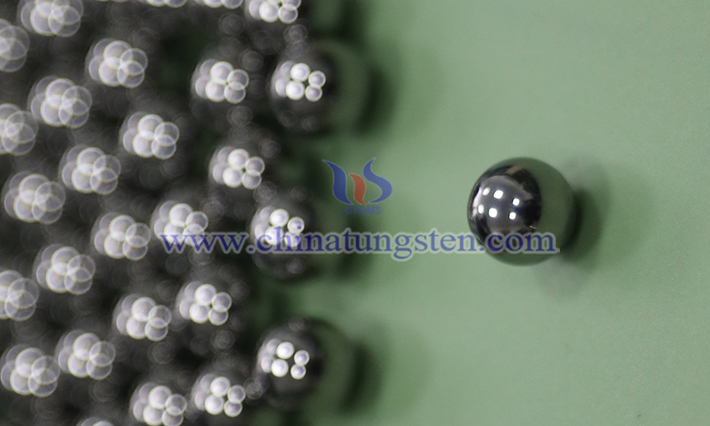
Tungsten cemented carbide balls exhibit excellent fatigue resistance, which is significantly affected by composition, processing, and operating conditions. A high binder phase content, nickel-chromium additions, and optimized processing significantly enhance fatigue resistance, making them suitable for long-term stable operation under high-load, complex environments.
Compressive Strength of Tungsten Cemented Carbide Balls
- Details
- Published on Friday, 12 September 2025 17:07
- Hits: 43
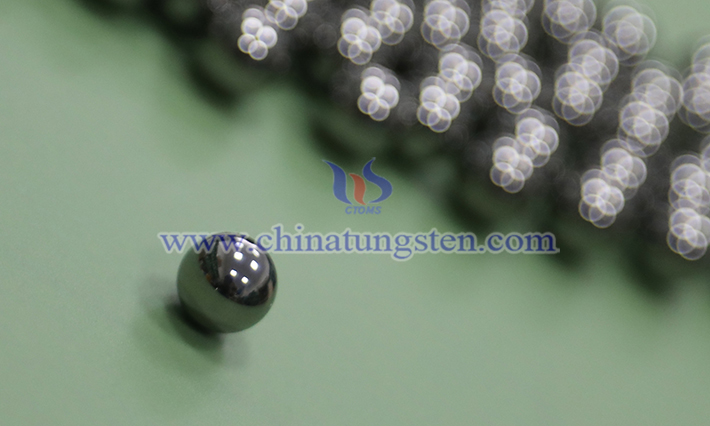
The compressive strength of tungsten cemented carbide balls is their ability to resist failure under compressive loads and is a key indicator for evaluating their performance.
High-Temperature Resistance of Tungsten Cemented Carbide Balls
- Details
- Published on Friday, 12 September 2025 17:06
- Hits: 41
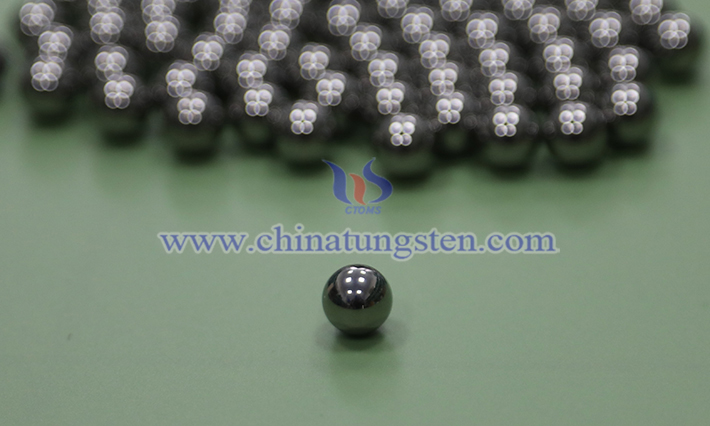
Tungsten cemented carbide balls are primarily composed of tungsten carbide (WC) powder as the main component, with metals such as cobalt (Co), nickel (Ni), or molybdenum (Mo) as binders, manufactured through powder metallurgy processes such as vacuum sintering. This composite material, due to its unique microstructure, performs exceptionally well in high-temperature environments, effectively resisting thermal deformation and oxidation. It is widely used in high-temperature and high-pressure applications such as the petroleum, chemical, and aerospace industries.
Corrosion Resistance Mechanism of Tungsten Cemented Carbide Balls
- Details
- Published on Friday, 12 September 2025 17:04
- Hits: 48
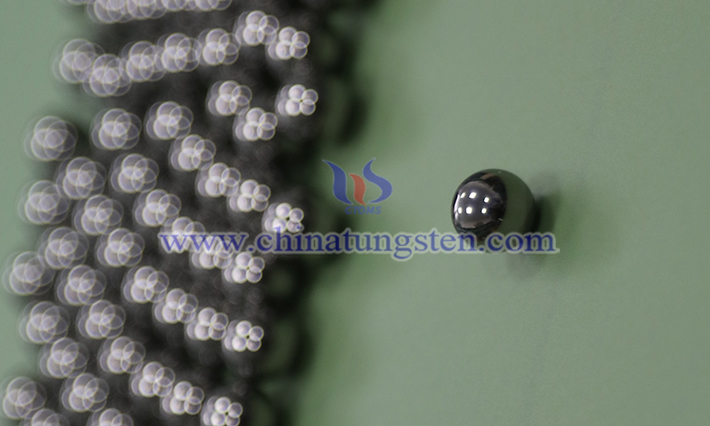
Tungsten cemented carbide balls use carbides (such as WC, TiC) as hard phase and metal binders (such as Co, Ni) as bonding phase. Their corrosion resistance mechanism comes from the chemical inertness of the hard phase, the optimization of the corrosion resistance of the bonding phase and the synergistic inhibition.
Corrosion Resistance of Tungsten Cemented Carbide Balls
- Details
- Published on Friday, 12 September 2025 17:03
- Hits: 41
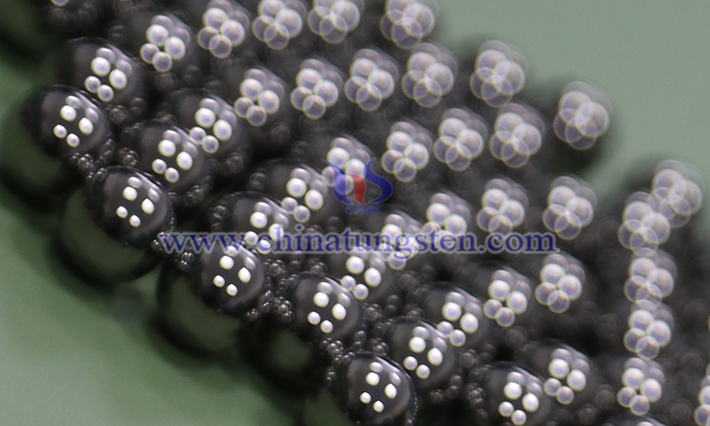
Tungsten cemented carbide balls are precision spherical products manufactured through a powder metallurgy process using tungsten carbide (WC) powder as the primary component and a metal binder such as cobalt (Co), nickel (Ni), or molybdenum (Mo). Common grades include the YG, YN, YT, and YW series. This material is renowned for its high hardness (typically ≥90.5 HRA) and high density (approximately 14.9 g/cm³). Its excellent corrosion resistance makes it particularly suitable for use in harsh chemical environments, such as oil production, chemical valves, and hydrochloric acid laboratories.
Wear Resistance Test of Tungsten Cemented Carbide Balls
- Details
- Published on Friday, 12 September 2025 17:02
- Hits: 35
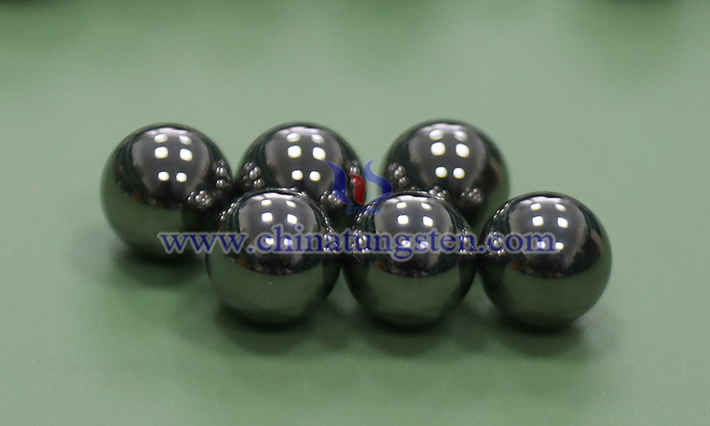
The wear resistance test of tungsten cemented carbide balls is an important means to evaluate their wear resistance under specific working conditions. It is often used in oil drilling, mining machinery, cutting tools and other fields.



 sales@chinatungsten.com
sales@chinatungsten.com